Main menu
Common skin conditions

NEWS
Join DermNet PRO
Read more
Quick links
Author: Dr David Lim, Dermatology Registrar, Middlemore Hospital, Auckland, New Zealand, 2011.
Introduction Uses in skin care How it works Side effects How to use How to make colloidal oatmeal How to prepare a colloidal oatmeal bath
Oatmeal is derived from oat grains that are ground, crushed or rolled. The commonly found oat (Avena sativa) is domesticated, but there are other wild varieties. Oat is cultivated in many temperate areas including Russia, South and North America, Europe, Asia and Australasia.
Oats have long been used as an ingredient in foods around the world. It is also commonly used as a feed for animals. Oats are considered a healthy food and are thought to help lower cholesterol. They are a good source of fibre and protein.
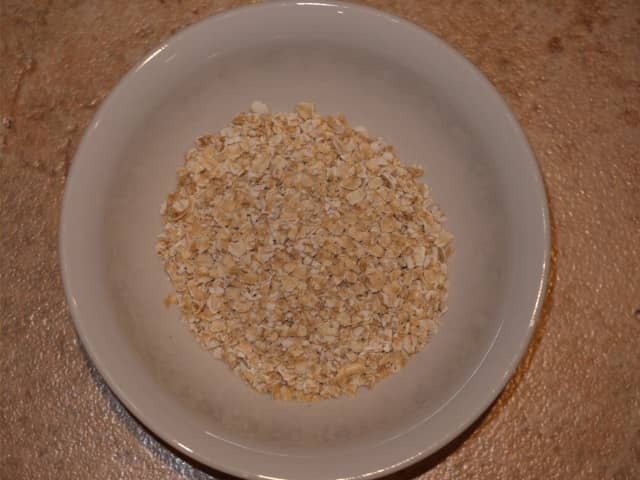
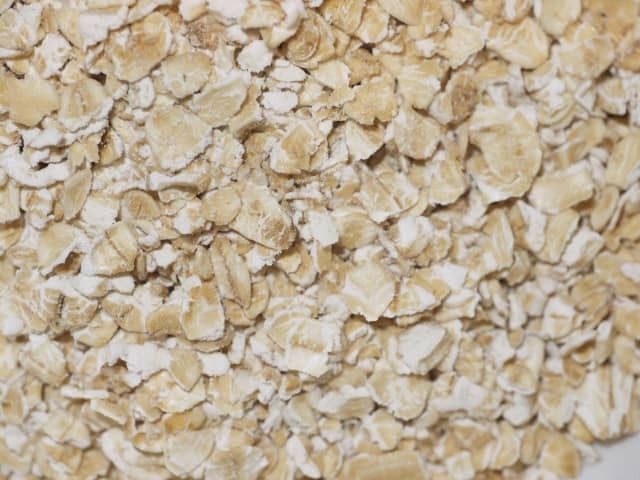
Rolled oatmeal
Oatmeal has biologically active properties that can be beneficial in skin care and treatment. Oats have been used for skin care as far back as the ancient Roman times.
Colloidal oatmeal is a specially prepared form of oatmeal that mixes better with creams, lotions and water (eg, for bathing). It is used in the management of:
Studies have shown that colloidal oatmeal binds to the skin and provides a protective barrier against irritants. It contains water-binding polysaccharides (long chain sugars) and hydrocolloids that hold moisture against the skin allowing it to act as an emollient. The fats contained in oatmeal also add to its emollient activity, which can improve the itch of dry skin. Oatmeal acts as a buffering agent that can help maintain the skin’s normal pH.
Oatmeal has a range of other components that exhibit anti-oxidant and anti-inflammatory activity as well as ultraviolet light absorption. It has been found to inhibit prostaglandin production and arachidonic acid release. These actions help protect against sun damage and the inflammation of various skin conditions. It is also thought to help protect against photoageing. The soothing properties of colloidal oatmeal have also been recognised for many years.
Oatmeal has also been used as a cleanser and cosmetically as a common ingredient in facial masks.
Oatmeal has a long history of safe use, confirmed by the FDA (Food and Drug Administration, USA) in 2003. However, contact allergic dermatitis has been reported from oatmeal used topically. When eaten, some components of oat may cause a reaction in sufferers of coeliac disease and perhaps also in the closely related skin condition, dermatitis herpetiformis.
Skin care products containing colloidal oatmeal are widely available in pharmacies and supermarkets without a prescription. Products available include cleansers, bathing preparations, emollient creams and lotions.
Instructions are tailored to individual products.
Colloidal oatmeal is a finely ground form of oatmeal that readily absorbs water. It can be prepared by using a food processor, blender or coffee grinder. Oatmeal from a local supermarket is probably the easiest to obtain. However other forms of oats can be used. The oats should be blended or processed dry to an even and fine powder. You can test the resulting powder by adding it to a glass of water, and it should quickly turn to a milky white liquid.
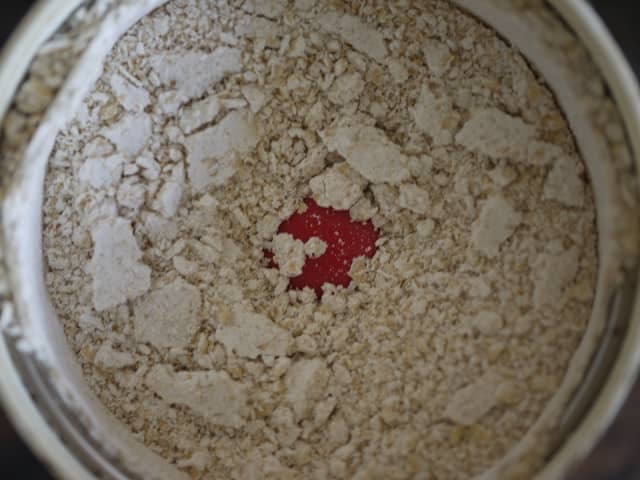
Colloidal oatmeal
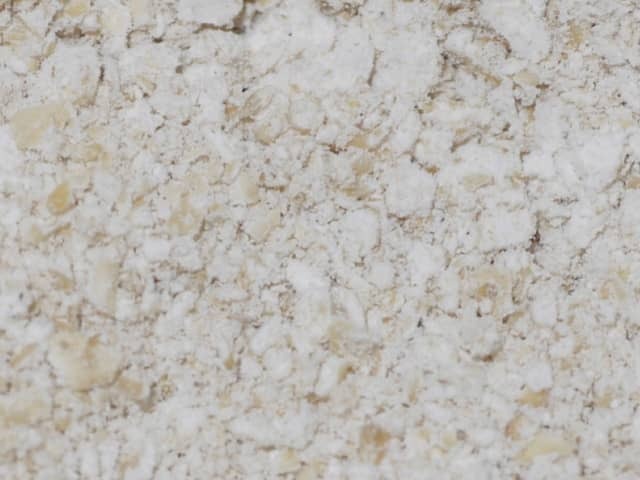
Colloidal oatmeal
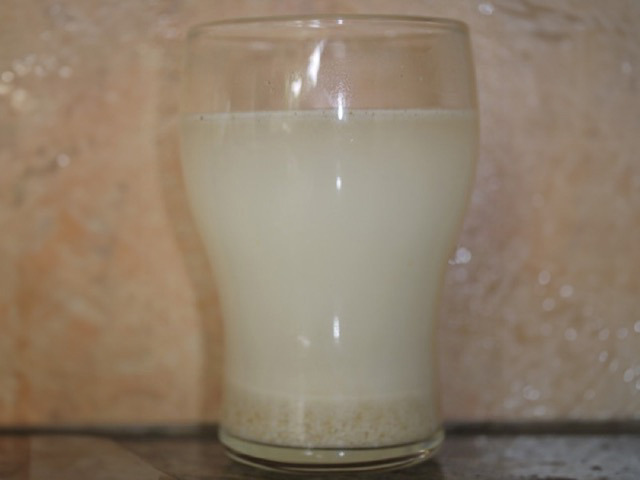
Colloidal oatmeal
Commercially packaged bathing products are commonly available. These are the easiest to use and less messy than the do-it-yourself method. Follow the manufacturer's directions for preparing a bath with their product.
Alternatively, it is relatively easy and inexpensive to prepare a colloidal oatmeal bath. Options include:
People commonly use one cup of colloidal oatmeal for a standard bath of luke-warm water. The amount will vary for different size baths. A 15-minute soak in a cool bath can help soothe itchy skin. Note that prolonged soaking in hot water can dry out the skin and aggravate itch and eczema. After getting out of the bath, quickly pat the skin dry. Cover the skin with emollient within three minutes.